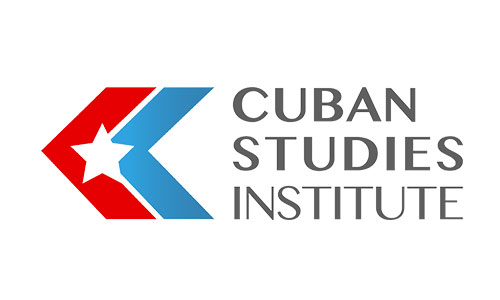ORGANIZACIÓN DE PIONEROS JOSE MARTÍ (OPJM)
Although, like similar organizations in other Communist countries the OPJM was inspired by, and in some of its superficial features derived from, the Boy Scouts, its primary goal is to train and educate children in the norms and views of a Marxist-Leninist society. Until 1966 the then Unión de Pioneros de Cuba (UPC) was somewhat selective, but it was […]
ORGANIZACIÓN DE PIONEROS JOSE MARTÍ (OPJM) Leer más »


